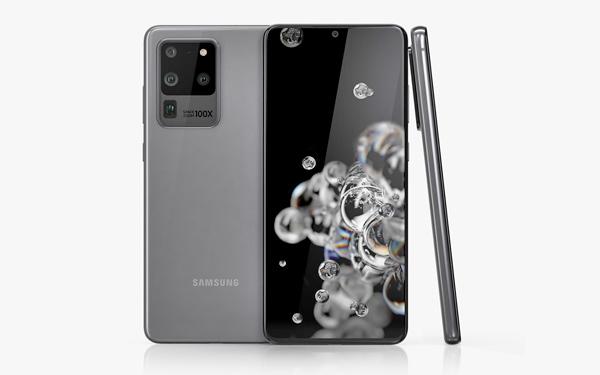You are here
The weakest link, the same old story
By Jean-Claude Elias - Aug 29,2019 - Last updated at Aug 29,2019
Whether it is your Internet connection or your Bluetooth devices, chances are you are only getting a fraction of the maximum speed or quality of the ideal case scenario. It is the well-known concept of the weakest link, and it is still often overlooked in Information Technology, at consumer level at least.
With fibre optic (FO) Internet connectivity spreading everywhere in the country and the ultrafast 5G wireless network hopefully coming one day soon to Jordan, speed, as always, is at the core of what really matters.
Assume you have signed up to an impressive 500 Mbps (megabits per second) FO Internet subscription, one that can let you not only watch Netflix without hiccups, but also do countless things online at the same time, including uploading and downloading massive high-definition photos, while also performing a major Windows system update. Are you sure you are fully benefitting from the 500 Mbps, that you are actually working at this speed?
Are your computers, your smartphones, your Chromecast units, your smart TV, and all the other devices going through your home network, are they running as fast as your FO connection allows?
Whatever you may be doing, the actual speed of the operation under way is not necessarily the 500 Mbps you paid and went for, but that of the slowest connection point of the equipment or device you are using. In other words, if your laptop computer is not of the latest crop and its WiFi adapter is of the 802.11n type, you will probably be working at speeds varying from 100 Mbps typically, up to 300 Mbps in the best case.
Now if you are lucky and what inside your laptop is an 802.11ac Wifi adapter, then, and only then will you feel the benefit of your FO Internet, for “802.11ac is dozens of times faster [than 801.11n], and delivers speeds ranging from 433 Mbps [megabits per second] up to several gigabits per second”, as explained on extremetech.com.
In short, it is important not just to have very fast Internet, but also to know what the limits of the equipment you use are.
It goes about the same for Bluetooth, that amazing connection that mainly is used to send music wirelessly to speakers, headphones and headsets. Here it is a question not just of speed but also of quality.
There are various speeds and levels of the Bluetooth protocol. They all evolved with time and with new versions of the equipment. From the slowest and oldest (and worst sounding) AAC, to SBC, aptX, atpX-HD and all the way up to the newest, fastest and therefore best sounding LDAC, the difference in quality of sound is huge. If your smartphone and your Bluetooth speaker both have say aptX-HD capability, you will be enjoying true high-definition music.
On the other hand, if even only one of the two ends, whether the smartphone or the speaker, is still at the older AAC level, it will prevail and the quality of the music played back will be significantly reduced. In the very case of Bluetooth speed also means quality, which is not necessarily the case in straightforward Internet connectivity.
Balancing IT equipment specifications and keeping all our devices at the same level of speed and connectivity, so as to avoid the weakest link syndrome, is the expensive game we all are playing relentlessly.
Related Articles
Samsung’s new Galaxy S20 phones have been introduced, and the three models are all a very nice step up from last year’s Galaxy S10s.
The disappearance of the CD from the music (and the computer) scene has a direct impact not only on our music listening habits, but also, as
From the release of connected bracelets, watches and even a smart toothbrush to a future of one-second high-definition movie downloads, the mobile world is developing rapidly.


















